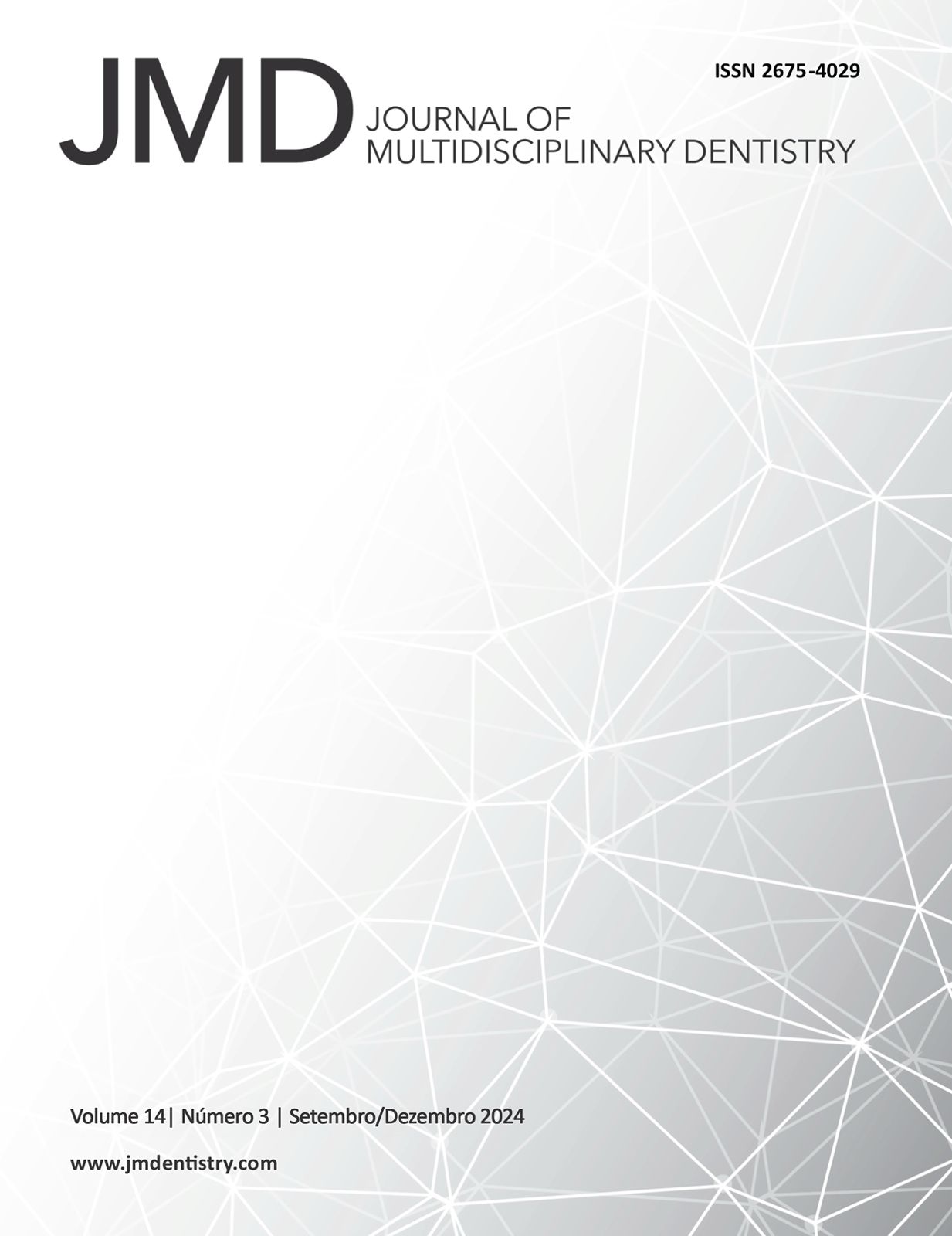Orthodontic movement in endodontically treated teeth: a literature review
DOI:
https://doi.org/10.46875/jmd.v14i3.1261Keywords:
Tooth movement techniques, Tooth, nonvital, OrthodonticsAbstract
To carry out a literature review to discuss the effects of orthodontic movement on endodontically treated teeth, together with the safe possibilities of applying orthodontic forces to these elements. The design chosen was a narrative literature review. The articles were searched for digitally in the Virtual Health Library and Google Scholar databases, using the following descriptors: orthodontic movement, endodontically treated tooth, orthodontics. Publications related to the objectives listed in this study were included, as well as articles in Portuguese or English, published in the last 17 years and available in full text. Duplicate articles and those not available in full text were excluded. According to the analysis of the literature reviewed, it was possible to point out that some authors advocate a higher level of root resorption in endodontically treated teeth when submitted to orthodontic movement, others report that there are no differences in resorption between vital and non-vital teeth after movement, and there are still those who expressed a lower degree of resorption of the periradicular tissues in the group of endodontically treated teeth. There was no contraindication for orthodontic treatment in endodontically treated teeth. With regard to the effects of these forces, it is necessary to assess the quality of the endodontic treatment carried out previously, so as not to cause damage to the periradicular tissues, in addition to the use of preventive methods to reduce the level of resorption. A good medical history before starting orthodontic treatment provides clues to the best choice of the ideal appliance for each case.


